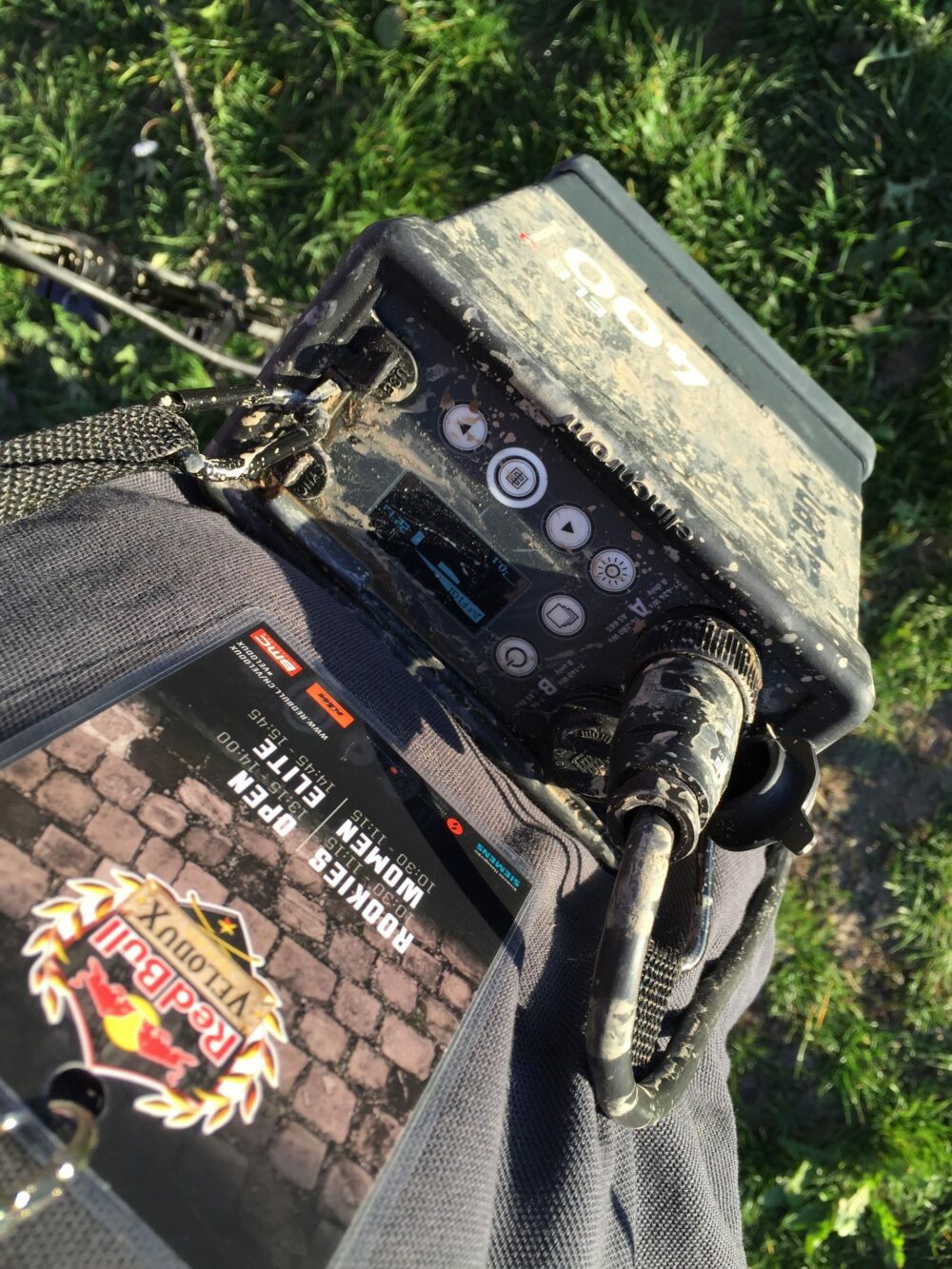Red Bull Velodux 2015
“Let me start by telling you that the Skyport Plus HS will change your life if you shoot anything that moves faster than a shuffle.”
My name is David Robinson, I’m an action sports photographer based out of Austria, although I hail from England originally. For the past couple of years, I’ve mostly been working as a freelancer for Red Bull almost exclusively, covering events in the realms of bike, skate, motorsports, music and everything in-between.
I was hired to shoot at Red Bull Velodux, a cyclocross race held in Estavayer-Le-Lac in Switzerland.
My tasks there were to provide action shots from the event, as well as to shoot some before and after portraits of the athletes.
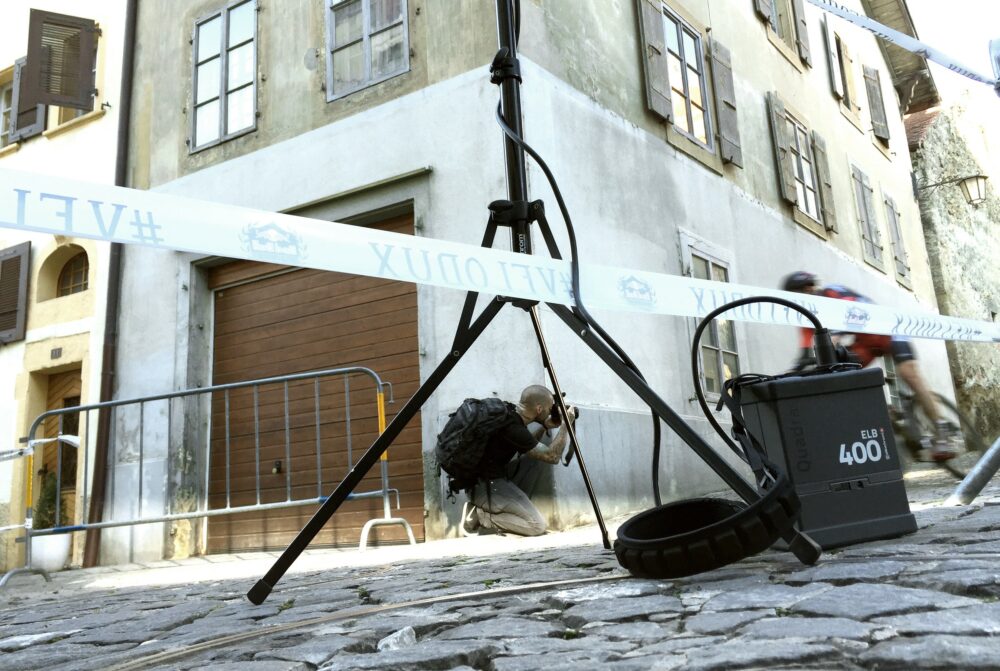
From Action Heads to Hi-Sync Technology
My setup for the day was the new Elinchrom combination, the ELB 400 with one HS Head and the Skyport HS. This was completely new for me, coming from regular Ranger Quadras, regular Skyport Transmitter Speed, and Action Heads.
This was previously, in my opinion, the best ”On the Go” setup for action sports photographers. Despite opting for Action Heads at purchase for their class-leading flash duration at these power levels, it still wasn’t quite enough to keep everything in the frame completely pin sharp since the tail end of the flash would rear its head around some of the fastest moving parts of the subject.
I wasn’t exactly sure what to expect jumping into this new Hi-Sync technology, as I had gotten very used to the characteristics of the Action Head. I had learned to hide its shortcomings and play on its strengths.
“Coming from a regular Skyport with Action Heads, this was completely new for me!”
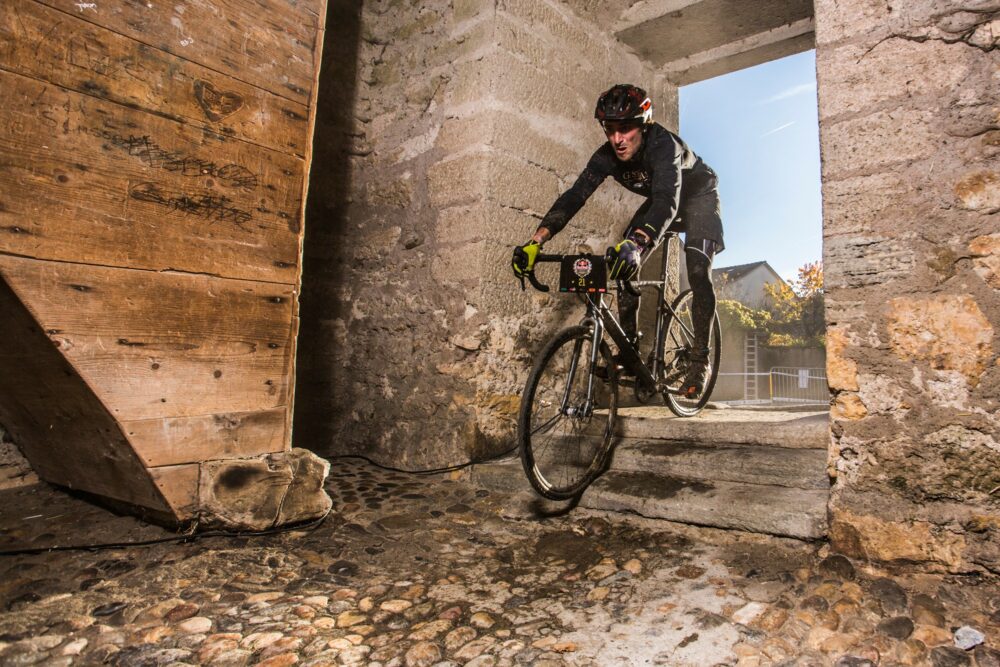
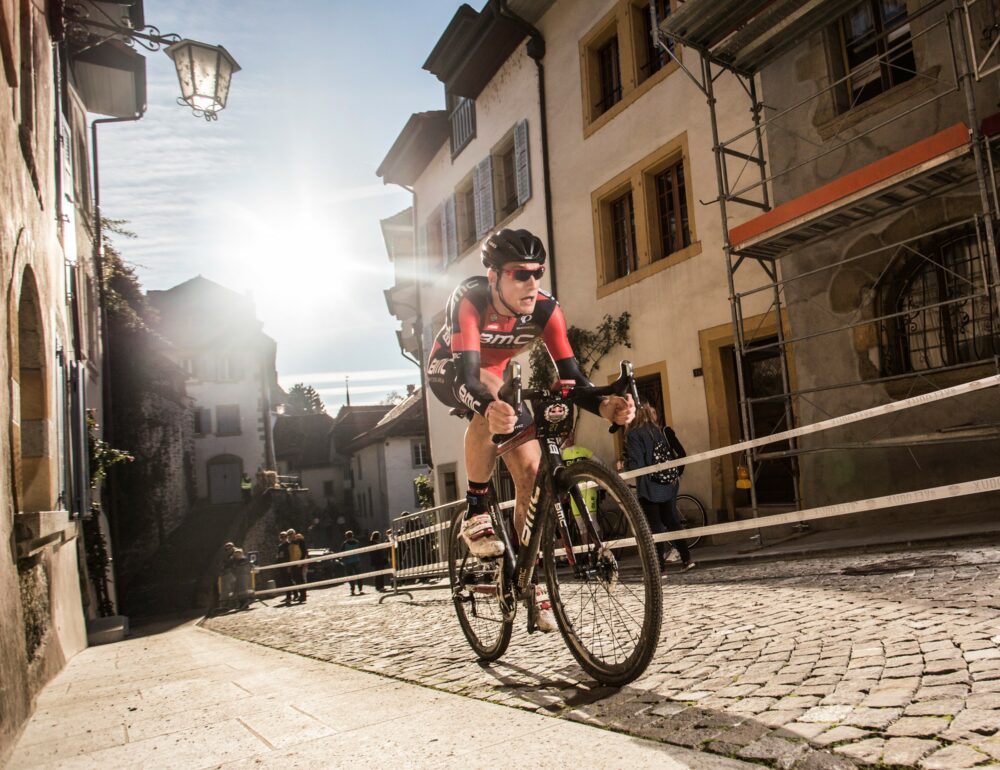
“It only took one exposure to be completely sold on the new system.”
Everything the flash had hit was pin sharp with none of the typical flash ghosting I was used to. This alone would be enough to win me over, but there are many more advantages to the new system owing to the fastest shutter speeds it enables.
Normally I would shy away from covering events with flash, usually only opting to shoot stuff where I can really control the action, the location and have the ability to repeat to really nail the shot.
The unpredictable nature of events usually means I have to be as versatile and mobile as possible and throwing extra photons into the mix just adds another layer of complication. It was actually really lucky that I had this combination of equipment with me that day though, since the narrow streets combined with the uncharacteristically for mid-November bright sunshine provided some challenging conditions keeping the light in check.
By being able to sync at a speed faster than the 1/200th I’m used to with my 5D Mark III, it allowed me to wrangle the existing natural light into a place where I was happy with it, while being able to fill in shadows effectively.
Being able to free yourself from the constraints of sync speed to get the ambient into a place where it works for you is extremely liberating, and opens up an awful lot of opportunities.
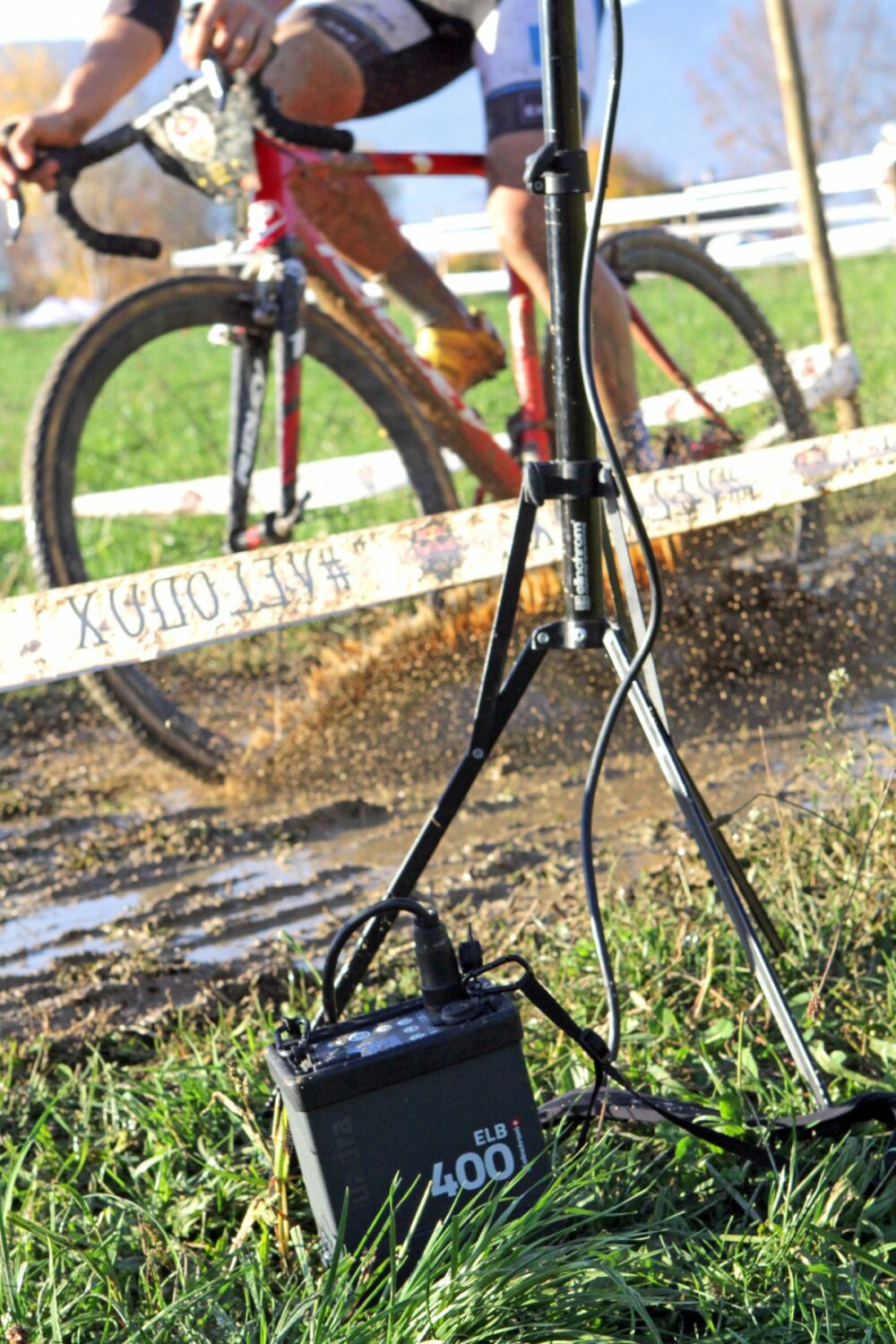
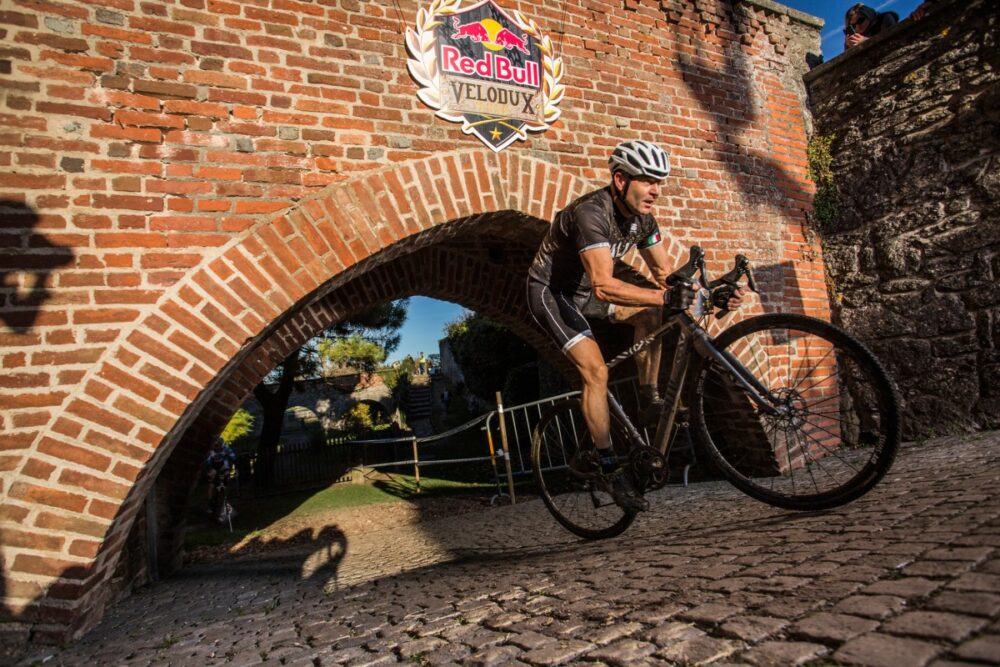
The Freedom of the Skyport Plus HS
Physically, the Skyport HS is a joy to use. A large bright screen communicates everything you might need to know and allows you to change power, select groups and turn on your modelling lights, all while only having to lift a finger and not interact with the packs directly.
Since this was my first real shoot with the Skyport HS, I was fortunate to find out it’s actually pretty damn simple to operate. Having only spent about 30 minutes playing with it in the hotel room the night before, all of the most important features were either set or committed to muscle memory.
Nothing takes more than 3 or 4 button presses to change, and the menu structure is refreshingly flat. Switching between groups is also very simple, and diving into your groups to set power levels independently was second nature after 5 minutes.
Dialing in power levels feels extremely responsive, and you would swear you were interacting with the pack itself, rather than being connected to the pack with mere radio waves, the feedback really is that quick.
Dialing in power levels feels extremely responsive, and you would swear you were interacting with the pack itself, rather than being connected to the pack with mere radio waves, the feedback really is that quick.
It’s extremely easy to change your power level from one end to the other, a problem I often had with my regular Skyport Speeds. Very often it was quicker to walk over to my pack to move from the top end of the power scale to the bottom or vice versa than to hammer on my Skyport 20 or 30 times to get to the power level I wanted.
The working range has been greatly improved from the old Skyports, I never had a single misfire. While I was in the upper half of the power range for most of the event, the ELB 400’s lithium didn’t skip a beat, recycling fast enough for me to capture several bikers in quick succession while lasting long enough for me to cover a complete heat without needing to worry about how much juice I have left.
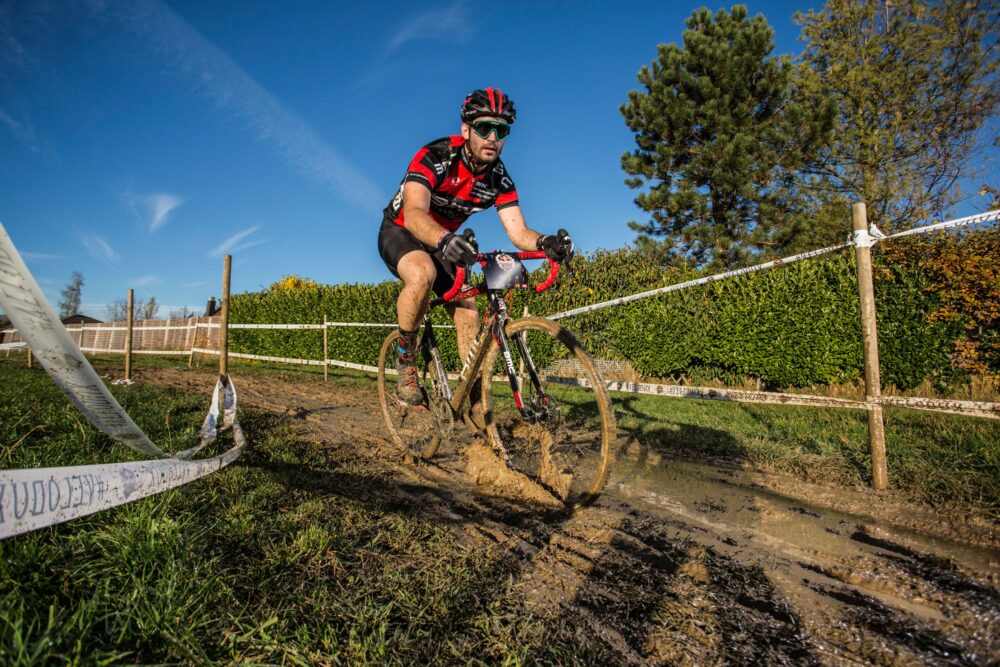
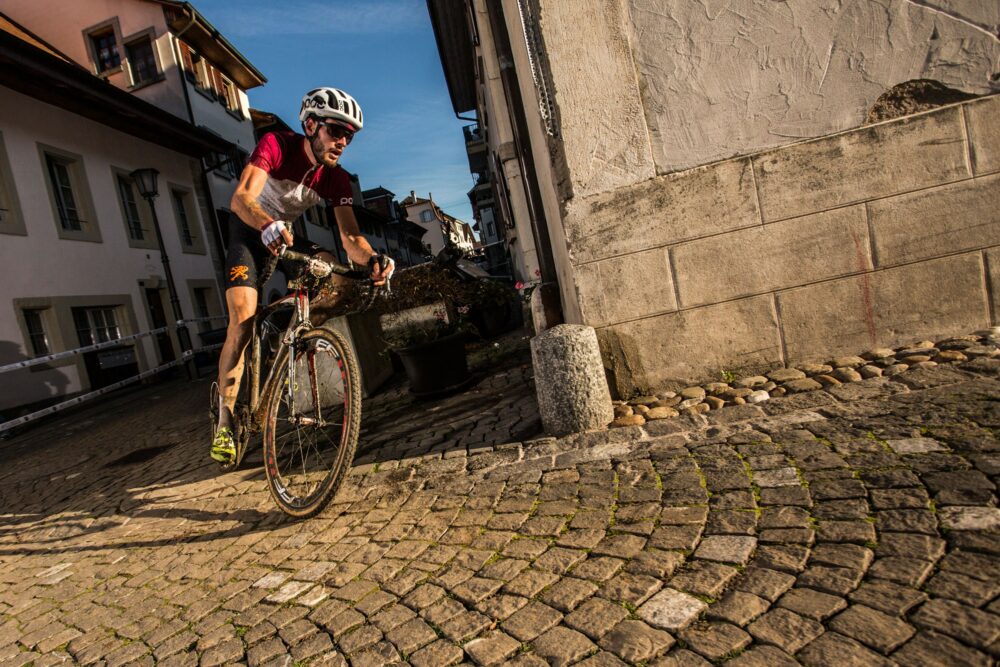
The move to AA batteries on the new Skyport might not seem like a big deal, but knowing that you will be able to trigger your flashes no matter what will allow you to better sleep at night.
The inclusion of a metal hotshoe with a real weather sealed lever system allows me to trust the transmitter a lot more, since I already killed a couple of the old models while swinging the cameras around from my shoulder. While I didn’t need it in this scenario, the focus assist light built into the transmitter worked, dare I say it, even better than some of the assist lights I’ve used that are built into modern speedlights.
With all of this praise, you must be thinking, “there’s gotta be some downsides”. Unfortunately, pretty much the only thing I can think of is the fact that I prefer to work in absolute numbers with my packs, rather than relative and the new remote doesn’t seem to have an option to show me my power levels in Ws rather than the arbitrary “8.0” numbers. Using the remote in normal mode with the green backlight is great, but the contrast lessens a little when using speed mode and the backlight turns red. These are really the smallest of nit-picks though, since I can hardly find anything else to complain about! (and that’s saying something coming from a brit…)
I think if you’re a one-man-band action sports photographers like me, there’s simply no better system than a couple of ELB 400 s equipped with HS Heads, and a Skyport HS for lighting fast-moving action due to its light weight.
The inclusion of a metal hotshoe with a real weather sealed lever system allows me to trust the transmitter a lot more, since I already killed a couple of the old models while swinging the cameras around from my shoulder. While I didn’t need it in this scenario, the focus assist light built into the transmitter worked, dare I say it, even better than some of the assist lights I’ve used that are built into modern speedlights.
With all of this praise, you must be thinking, “there’s gotta be some downsides”. Unfortunately, pretty much the only thing I can think of is the fact that I prefer to work in absolute numbers with my packs, rather than relative and the new remote doesn’t seem to have an option to show me my power levels in Ws rather than the arbitrary “8.0” numbers. Using the remote in normal mode with the green backlight is great, but the contrast lessens a little when using speed mode and the backlight turns red. These are really the smallest of nit-picks though, since I can hardly find anything else to complain about! (and that’s saying something coming from a brit…)
I think if you’re a one-man-band action sports photographers like me, there’s simply no better system than a couple of ELB 400 s equipped with HS Heads, and a Skyport HS for lighting fast-moving action due to its light weight.
